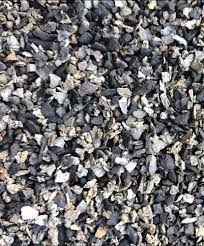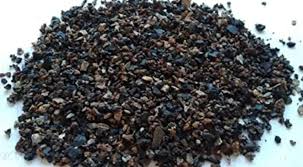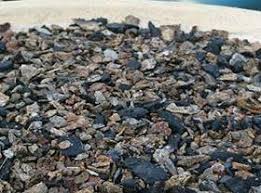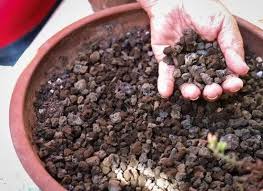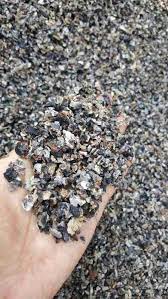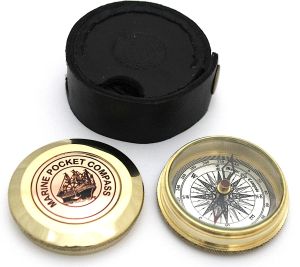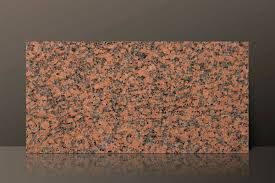- Baopet, Karimnagar, Telangana
- View Mobile Number
| Business Type | Exporter, Supplier, Trader |
| Brand Name | Plant Cinder |
| Color | Black |
| Form | Granules |
| Click to view more | |
Preferred Buyer From
| Location | Worldwide |
Product Details
A cinder plant, often referred to as a cinder block plant, is a facility dedicated to the manufacturing of cinder blocks, which are also known as concrete masonry units (CMUs). These blocks are widely used in construction due to their strength, durability, and versatility. Here's a detailed description of a typical cinder plant:
A cinder plant is an industrial facility designed to produce cinder blocks in various sizes and configurations. The process involves the combination of materials such as cement, aggregate (often a combination of sand, gravel, and crushed stone), water, and sometimes coal cinders or fly ash. The mixture is then molded into blocks and cured to achieve the required hardness and durability.
Key Components and Sections
1. Raw Material Storage and Handling:
- Storage Silos: Large silos are used to store the primary materials like cement, aggregates, and fly ash.
- Conveyors and Hoppers: These systems transport raw materials from storage to the mixing area.
2. Mixing and Batching:
- Batching Plant: Precise quantities of raw materials are measured and fed into the mixer.
- Mixers: Industrial mixers combine the materials to form a consistent and homogeneous mixture.
3. Block Molding:
- Mold Machines: The mixed material is poured into molds which define the shape and size of the cinder blocks. Vibrating and compressing the mixture in the molds ensure proper consolidation and strength.
- Mold Configurations: These can be changed to produce different block designs, such as hollow or solid blocks.
4. Curing Area:
- Curing Chambers: After molding, blocks are moved to curing chambers where they are subjected to controlled humidity and temperature to accelerate the hardening process. This can involve steam curing for faster results.
- Curing Racks: Blocks are stacked on racks to cure over a specific period.
5. Quality Control:
- Testing Facilities: Blocks are regularly tested for strength, density, and other specifications to ensure they meet industry standards.
- Inspection Stations: Visual and manual inspections are conducted to check for defects.
6. Storage and Distribution:
- Storage Yard: Finished blocks are stored in an organized manner, ready for distribution.
- Loading Area: Blocks are loaded onto trucks or pallets for delivery to construction sites or retailers.
Operational Workflow
1. Material Intake: Raw materials are delivered and stored in silos or storage areas.
2. Batching and Mixing: Materials are precisely measured and mixed to create the concrete mixture.
3. Molding: The mixture is poured into molds and compacted to form blocks.
4. Curing: Blocks are cured in chambers to achieve the desired strength.
5. Quality Control: Blocks undergo testing and inspection to ensure they meet quality standards.
6. Storage and Shipping: Finished blocks are stored and prepared for distribution.
Environmental Considerations
Cinder plants often implement measures to minimize environmental impact, such as recycling water used in the process, controlling dust emissions, and using industrial by-products like fly ash to reduce waste.
Safety Measures
Safety is a crucial aspect of cinder plant operations. Safety protocols include:
-Protective Gear: Workers are required to wear protective equipment.
-Training:Regular safety training sessions for workers.
-Emergency Procedures: Established procedures for handling accidents or emergencies.
In summary, a cinder plant is a specialized industrial facility focused on producing high-quality cinder blocks through a well-coordinated process of material handling, mixing, molding, curing, and quality control, ensuring a consistent supply of durable building materials for the construction industry.
